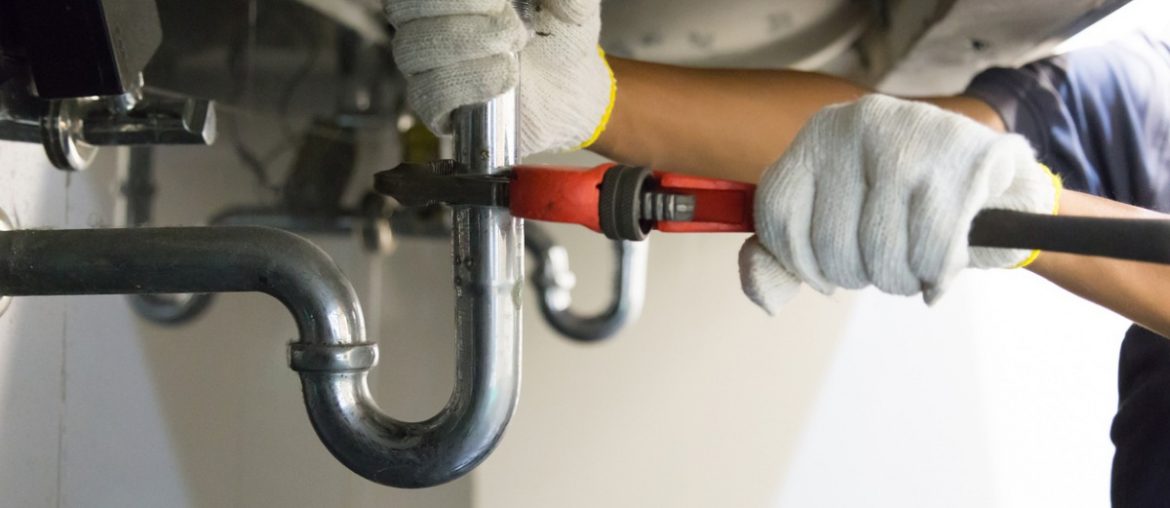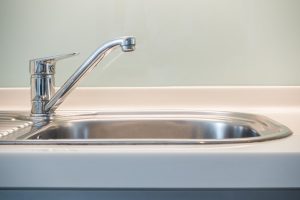The article author is making a number of great annotation relating to Plumbing Basics Every Homeowner Should Know in general in this great article which follows.

Plumbing is a vital element of any type of home, in charge of supplying clean water for alcohol consumption, cooking, and bathing, as well as removing wastewater securely. Comprehending the fundamentals of home plumbing is vital for every home owner to ensure correct upkeep, troubleshooting, and, if needed, repair services. In this newbie's guide, we'll cover the basic ideas of home plumbing to help you come to be more knowledgeable about just how it works.
Water System
The water system brings tidy water right into your home from a community water resource or a personal well. It includes a primary water line that links to your home's plumbing system, typically situated underground. A water meter measures the amount of water consumed, while a shut-off valve enables you to control the flow of water right into your home.
Plumbing Components
Plumbing fixtures are devices that deliver water to various parts of your home and consist of sinks, taps, toilets, showers, bath tubs, and home appliances such as dishwashing machines and cleaning equipments. Each fixture is connected to the water supply system via pipelines and installations and might have its shut-off valve for maintenance or emergency situations.
Water Heating Unit
The water heating unit is accountable for heating water for residential usage, consisting of showering, cooking, and cleansing. Common types of hot water heater include tank-type water heaters, tankless (on-demand) water heaters, and heat pump hot water heater. The hot water heater is attached to the supply of water system and delivers hot water to plumbing fixtures as required.
Drain System
The drainage system removes wastewater from your home and brings it away to a sewage therapy facility or septic tank. It includes a network of pipelines, installations, and fixtures that carry wastewater from plumbing fixtures to the major sewer line or sewage-disposal tank. Correct drain is essential to prevent clogs, backups, and sewer leaks.
Ventilation System
The air flow system helps keep correct air pressure and protect against sewage system gases from entering your home. Air vent pipelines, likewise referred to as air vent heaps, prolong from plumbing fixtures to the roof, permitting sewer gases to leave securely outdoors. Ventilation pipelines additionally allow air to enter the drain system, assisting in smooth wastewater flow and protecting against suction or vacuum effects.
Typical Plumbing Tools
Having the right tools accessible is important for executing standard plumbing repair work and maintenance jobs. Typical plumbing devices consist of adjustable wrenches, monkey wrench, pliers, pipe cutters, hacksaws, bettors, augers (or drain serpents), and Teflon tape. Having these devices conveniently offered can assist you take on minor plumbing issues successfully.
Standard Plumbing Repairs
While some plumbing repair work may need professional aid, several common issues can be resolved with fundamental DIY techniques. Learning how to repair a leaking faucet, unclog a drainpipe, change a bathroom flapper, or repair a dripping showerhead can conserve you time and money on plumbing repair services.
Final thought
Comprehending the basics of home plumbing is essential for every single house owner to preserve a safe, useful, and effective plumbing system. By familiarizing yourself with the water system, plumbing components, drainage system, ventilation system, typical plumbing tools, and standard repair work, you can with confidence attend to small plumbing concerns and ensure your home's plumbing system runs smoothly.
Plumbing for Beginners: A Comprehensive Guide
If you’re a beginner when it comes to plumbing, don’t worry; you’re not alone. Plumbing may seem intimidating, but with the right knowledge and a little practice, you can handle many common plumbing issues on your own. In this comprehensive guide, we will demystify the world of plumbing for beginners, providing you with the basic knowledge and skills needed to tackle common plumbing problems and even take on some DIY plumbing projects.
The Importance of Basic Plumbing Knowledge for Beginners:
First and foremost, basic plumbing knowledge gives you a solid foundation. It helps you grasp the key concepts and terminology that are essential in this field. By learning the basics, you’ll be able to build upon that knowledge and tackle more complex plumbing tasks in the future.
Having a basic understanding of plumbing also enables you to handle common issues that may arise in your home. Picture this: a leaky faucet or a clogged drain. With some basic plumbing knowledge, you’ll have the confidence to troubleshoot and fix these problems on your own. It saves you from unnecessary expenses and the hassle of waiting for a professional to arrive.
As a beginner, learning the basics of plumbing empowers you to take care of your own home. It gives you a sense of independence and self-reliance. You’ll no longer have to rely solely on professionals for every small issue that pops up. Instead, you can handle many tasks yourself, saving time and money in the process.
Remember, everyone starts as a beginner. Embrace the learning process and take small steps to expand your plumbing knowledge. There are plenty of online resources, tutorials, and even local workshops that talk about plumbing for beginners.
Essential Tools for Plumbing for Beginners
As you start your plumbing journey, having the right tools in your toolbox is crucial. Let’s explore some of the must-have tools:
Adjustable Wrench:
This versatile tool is a staple in any plumber’s toolbox. It allows you to tighten or loosen nuts and bolts of various sizes. Make sure to have an adjustable wrench with a comfortable grip.
Pipe Wrench:
A pipe wrench is specifically designed for gripping and turning pipes. It has serrated jaws that provide a strong grip, making it easier to loosen or tighten threaded pipes and fittings.
Plunger:
The plunger is a simple yet effective tool for clearing clogged drains and toilets. It creates suction when you push and pull, helping to dislodge blockages. Keep a good-quality plunger handy for those unexpected clogs.
Pipe Cutter:
When it comes to cutting pipes, a pipe cutter is your go-to tool. It creates clean, precise cuts without damaging the pipe. Look for a pipe cutter that can handle the pipe sizes you’re working with.
Hacksaw:
A hacksaw is useful for cutting through pipes, screws, and other materials. It’s a versatile tool that can handle different cutting tasks. Remember to use a blade suitable for cutting metal.
Tape Measure:
Accurate measurements are crucial in plumbing. A tape measure allows you to measure pipe lengths, distances, and dimensions accurately. Opt for a sturdy tape measure that extends a good length.
Pliers:
Pliers come in handy for various tasks, such as gripping, bending, and cutting. Slip-joint pliers with adjustable jaws are great for gripping pipes, nuts, and bolts.

Do you enjoy reading about Understanding the Basics of Your Home's Plumbing System? Place feedback further down. We would be glad to find out your opinions about this blog. We hope that you come back again in the near future. Remember to take a moment to promote this entry if you enjoyed it. Thank you so much for taking the time to read it.
Quote & Schedule
Comments on “Understanding the ABCs of Home Plumbing: A Beginner's Manual”